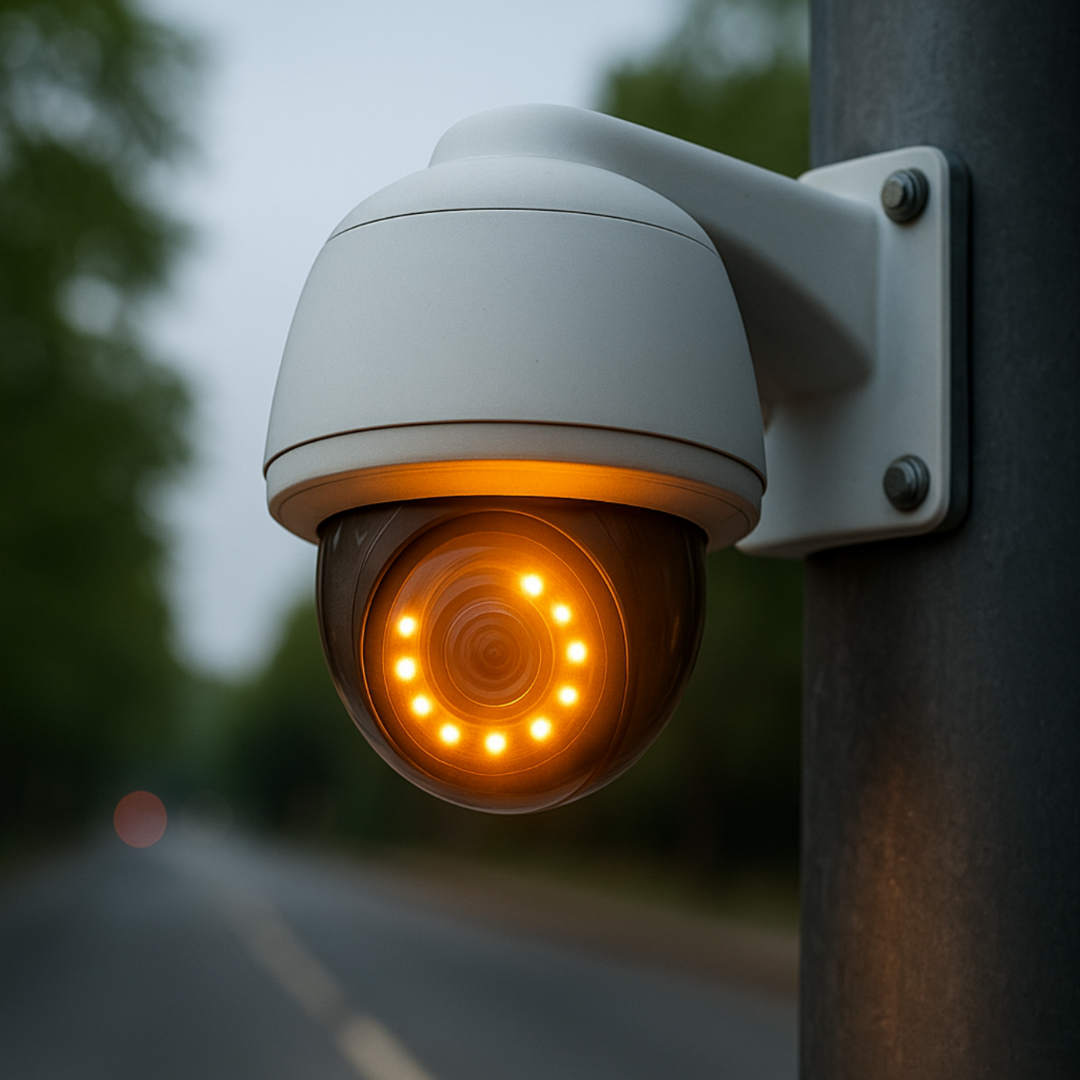Physical Access Control Is Important When Automating Your Office
2022-09-11 19:24:30

Increasingly more businesses are looking to automate their buildings to pace with the digital world. This automation conserves a notable amount of energy and offers many conveniences for workers.
Automation services often link office functions to mobile devices. This way, one can control them at any time of day!
However, automation can also bring data security risks. Hackers have used automation systems as ways to infiltrate computer programs. They may even use them to break into your building.
That's why physical access control is so crucial. Businesses can customise security systems to restrict access to buildings, rooms, and computer networks. This way, increasing the overall security level and ensuring the protection of resources and assets.
A multitude of access control systems exist that can protect your office. We explore some of these options in the guide below. From there, you can decide which software solution best suits your office environment.
So, read on!
Mandatory Access Control (MAC)
Mandatory access control systems control access rights from a central authority. These systems also provide many levels of security, dividing data access amongst workers. The system security levels grant access to systems that workers could otherwise not access.
In general, government and military environments use these systems the most. Usually, they require an access card that verifies their security level. You've likely seen these classification systems in TV shows and films.
One can also pair these systems with discretionary access control (DAC) to protect networks, thereby achieving maximum security for an office.
Attribute-Based Access Control (ABAC)
The ABAC model follows different access control rules than the MAC model. ABAC manages all access rights via bureaucratic methods instead of through security levels.
ABAC systems determine admission based on policy evaluation and rules set up by individual businesses. This way, system administrators always know who qualifies for which access levels.
Role-Based Access Control (RBAC)
The RBAC method assigns access to groups of people instead of granting individuals access to different systems. Usually, these businesses categorize their staff on different levels.
For example, an engineering company may have an employee category called level 2. This group of employees receives access to different things than level 4 workers.
This system also works well for buildings housing different divisions. For example, one team may have access to third-floor offices, while another has exclusive access to second-floor offices.
RBAC systems also serve offices with multiple businesses working within one building. They provide varying authentication and authorization codes for access to the various offices.
System administrators can also change a person's classification at any time. This way, somebody who transfers to another division can receive a new access level.
Find a System that Works For Your Business
Unfortunately, businesses can't afford to be too trusting. Bad actors who would steal company data, however possible, are ever-present.
So, when you decide to automate your office, ensure you find the best physical access control system that meets all of your requirements. It must protect your data and help your employees remain organised.
If you're unsure where to find your best access control system, consider working with us! We understand the necessity of robust security for your business and offer several security options, ranging from intrusion detection to access control.
So, call us today or browse until you find the solution you need. Once you do, contact us to learn about our installation services.


